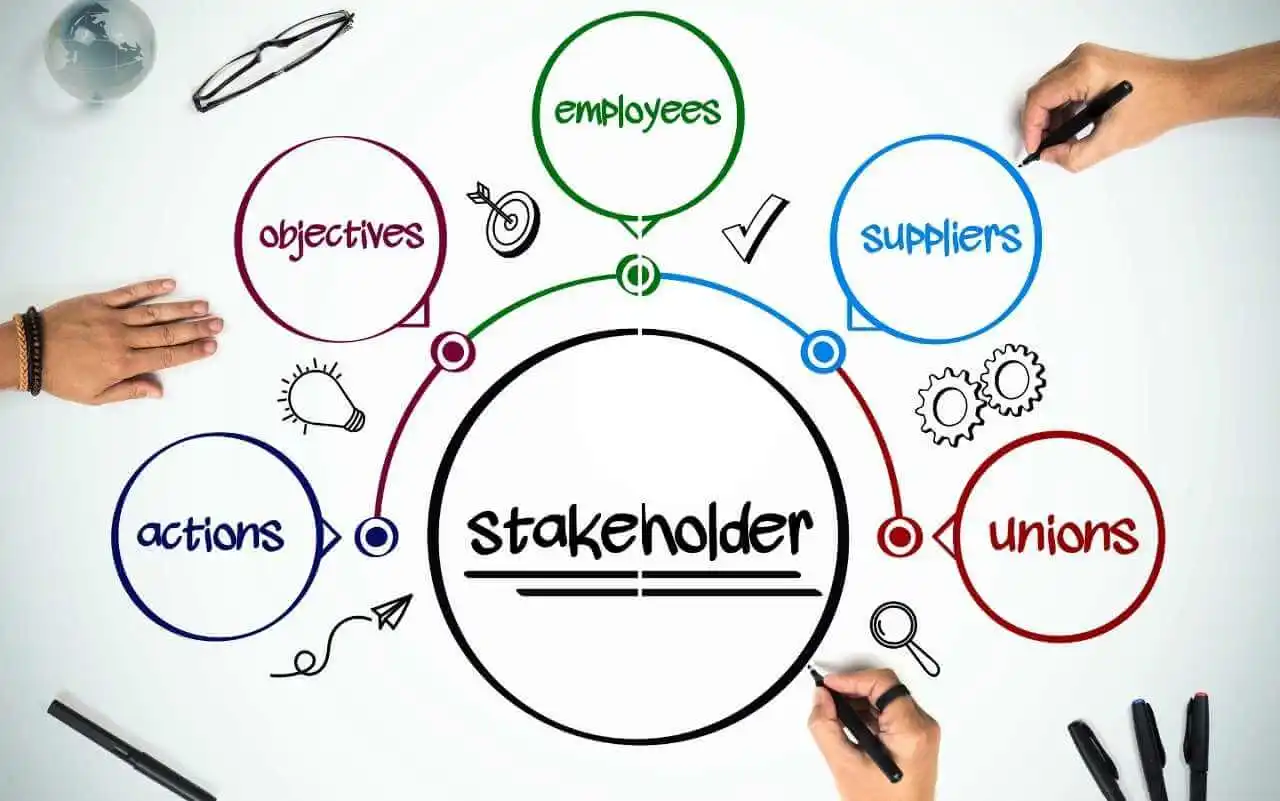
Every professional project team has the desire to carry out a successful job for their clients. Sometimes, however, factors such as poor communication could result in a situation where the team and client have different expectations of the project’s outcome.
If the team’s final deliverables seem below the client’s expectations, it could mean that the project is unsuccessful, even if the team has done a good job. Therefore, as a project manager, it is key to learn how to manage your client’s expectations whether they make them known or not.
Learning the skill of managing client expectations will yield approval and client satisfaction. So, how can you manage your client expectations as a project manager? In this article, we have outlined six tips to help you do so.
6 Tips for Managing Client Expectations
1. Begin immediately
The best time to start managing client expectations is the moment you begin communicating with them, just before the project begins and kick in full swing. As a project manager, you have to create a communication chain link between your team and your client. This responsibility falls directly on the project manager.
You must clarify what your client should expect of you and your team and what is demanded from everyone involved in the project. One way you can do this is by organizing a meeting between you and your clients before a project begins. In this meeting, you should make sure you cover issues relating to the project development such as –
- The project timeline
- The scope of the project
- Any required documents
- Any relevant project agenda
- What exactly project success means to the client
2. Be open and honest
This is very important while managing client expectations as a project manager. From the beginning of the project, you should inform your client of your capabilities. Set rules and guidelines that you will keep to during the project before you agree on the process and sign any documents.
One principle that always works is this: ‘It is better to under-promise and over-deliver.’ As a project manager, you should not make promises you will not be able to keep to, nor should you be coerced or forced to make guidelines or adjust timelines that you or your team would not be able to keep to.
Remember, adhering to your promises increases your credibility. Whenever issues spring up during the project, inform the clients. Their trust and confidence in you will increase and your business will be well-respected.
‘‘It is better to under-promise and over-deliver.’’
3. Select a good team and assign tasks
When selecting a team to handle a project, you should keep some questions in mind, such as –
- Who belongs to my team?
- How well can they deliver?
- What is their passion for this job?
- Do they have the skills for this job?
As a project manager, you should not be lax while picking members to work on a project. Select those with the proper skills and those who have a good attitude towards work.
Assign tasks to each individual in the team and give them a due date especially if the project is a large one. This is key to effectively managing the team’s workload. Such large projects can be complex and it is better to specifically assign them to individuals in a way that tasks will not fully depend on the completion of other tasks.
4. Communicate regularly and contemplate the needs of your client

As a project manager, you will discover that your clients will trust you more when you show them that you are aware of what they want. Even though it is good to contemplate what your client will require and the problems that will possibly arise during the progression of the project, you should not forget to communicate regularly with the client.
Make no assumptions and always ask for clarity as you listen to them. Do ensure that you keep them informed regularly about updates and progress reports. Inform them about issues that arise too so that they can be involved in the problem-solving process. It is usually a lack of communication that causes most problems between a client and a project manager.
5. Stay proactive and hold team meetings
As a project manager, you should always be at the frontier of your team’s creative process and set your business in such a manner that facilitates communication between you and your client. A good practice to adopt as a project manager is holding team meetings. These meetings could be held at the beginning of the week, at the end of the week, or anytime based on your team’s availability and your preference as the project manager.
Holding team meetings ensures that everyone remains aligned with the team’s priorities regarding a project. Encourage team members to speak out and voice out any concerns or questions they might have regarding a project. Offer solutions when required.
Do not forget to let the members of your team know about the set goals for the project. By doing so, they will have a clear direction of where you are heading and work in line with those goals. Setting goals is very important while managing client expectations. The goals you set should correspond with the client’s or at least similar.
6. Prepare for unexpected occurrences
An experienced and professional project manager will always prepare for unexpected occurrences to happen. They will also factor this into their set time. Many project managers do not do this because they view the time taken to solve such issues will be inconsequential.
As a good project manager, do not forget that ”time is money,” and delays to your speculated timeline may have consequences. So even in the planning stage of the project, factor this in while engaging your client and setting realistic expectations. In the case of such unexpected situations happening, your team and client will be better propped to solve the issues.
Bottom Line
It can be very difficult to listen to, communicate regularly with, and satisfy a client during and after the completion of a project. As a project manager, the steps outlined in this article will help you to properly manage client expectations while working for them. Do not forget that a project is determined successful when the customers have expressed satisfaction, not when it is finished.







